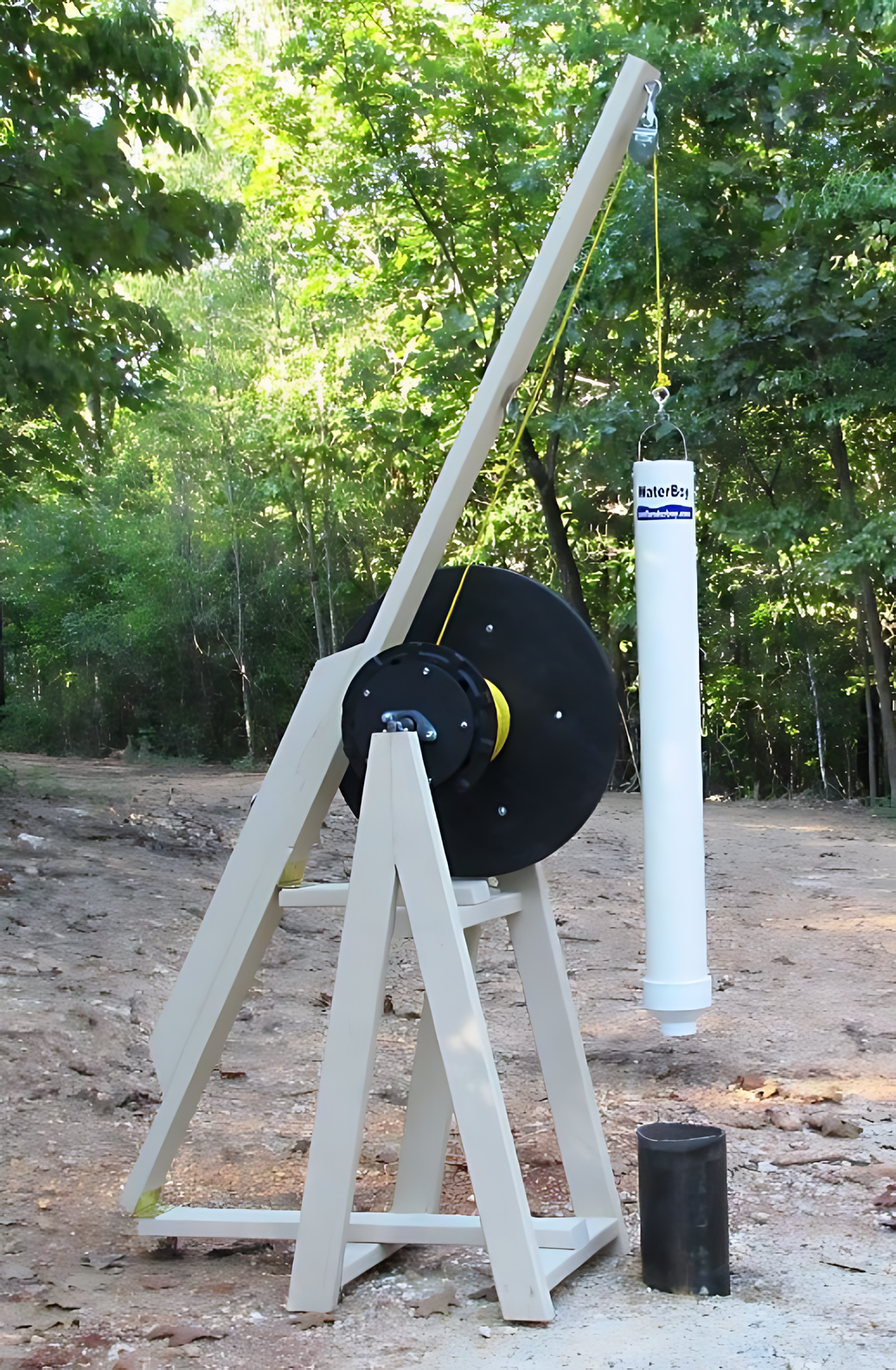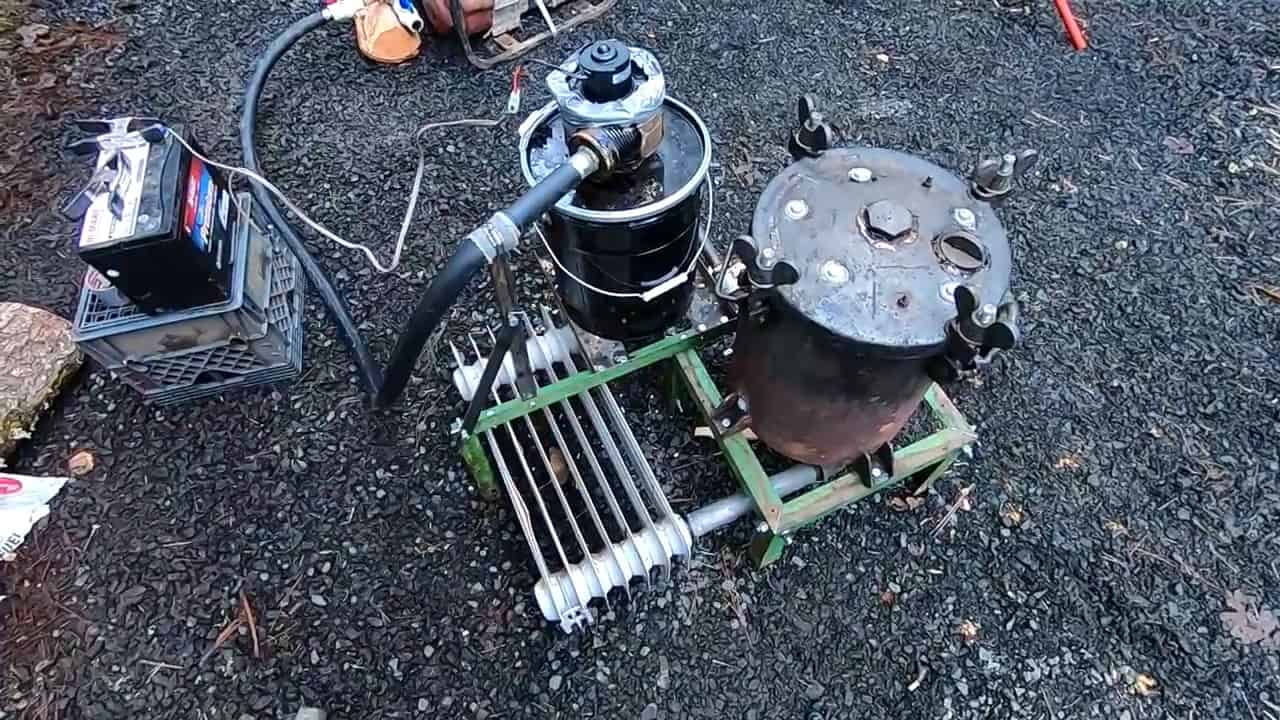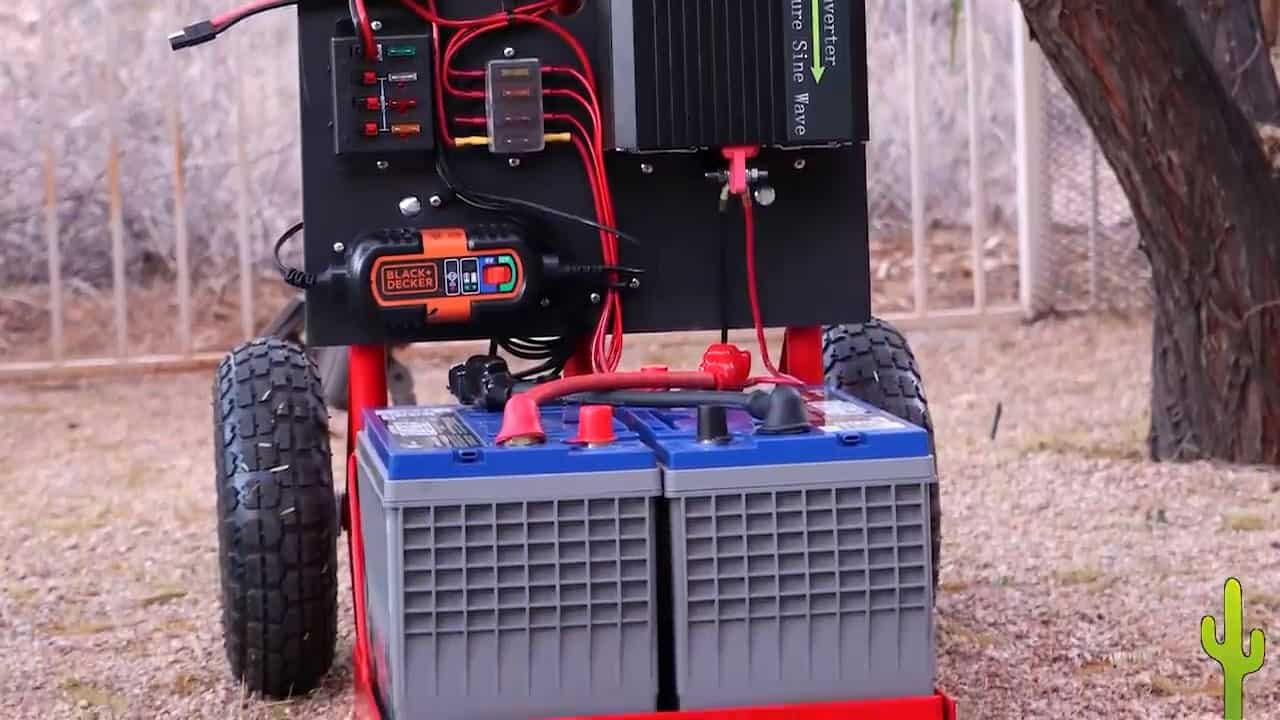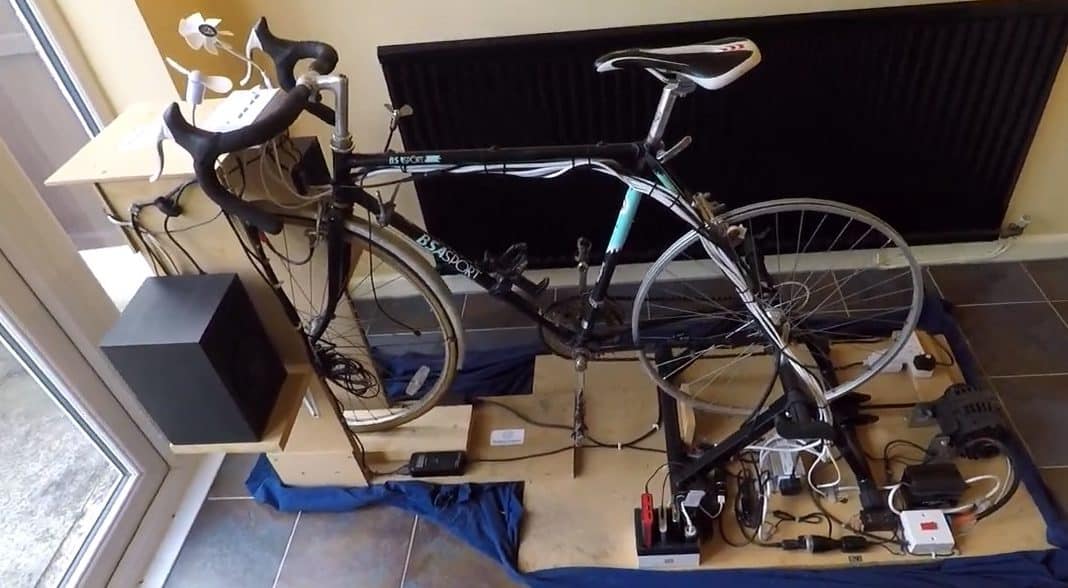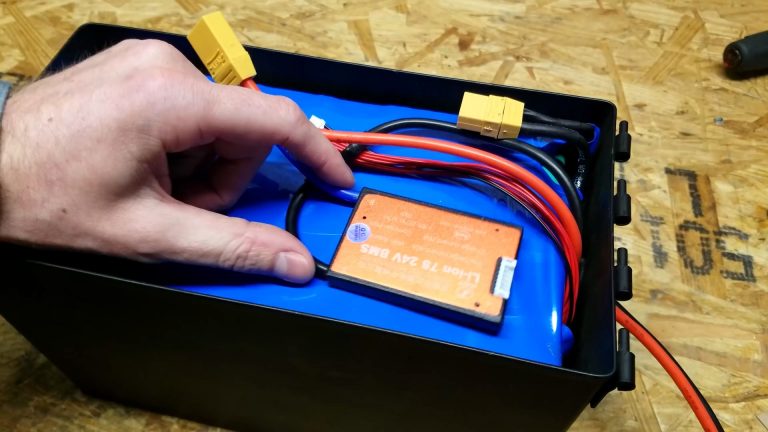When the power goes out, many modern conveniences grind to a halt—including a well pump. For those living in rural areas or preparing for a self-sufficient lifestyle, a reliable water source is a top priority. The solution isn’t always high-tech; sometimes, the best answer is a simple, mechanical one.
The image shows a brilliantly engineered, low-tech well system that’s a lifeline when electricity is not an option. It’s more than just a bucket on a rope; it’s a well bailer. This simple yet effective tool uses a weighted, long cylinder that is lowered into the well. A simple valve at the bottom allows it to fill with water on the way down, and then seals shut as it’s pulled back up, capturing a significant amount of water with each lift. This system is a reliable, gravity-defying marvel that’s easy to build and maintain.
How to Build Your Own Well Bailer System
Ready to gain some independence from the power grid? Here’s a conceptual guide to building a system similar to the one in the photo.
IMPORTANT: ENSURE YOUR WELL WATER IS TESTED REGULARLY FOR POTABILITY AND SAFETY. THIS SYSTEM IS FOR WATER RETRIEVAL, AND YOU SHOULD NOT DRINK UNTREATED WATER FROM ANY WELL. ALWAYS EXERCISE CAUTION WHEN WORKING AROUND WELLS AND HEAVY EQUIPMENT.
What You’ll Need:
- Treated Lumber or Plywood: To build a sturdy, durable frame that can withstand the elements.
- A Large Spool or Wheel: This will act as the winch, making it much easier to raise and lower the bailer. You can repurpose a large wooden spool or create one from plywood.
- Durable Rope or Cable: Strong enough to hold the weight of the water-filled bailer.
- PVC Pipe: A section of large-diameter PVC pipe will form the body of the bailer. The length will depend on the depth of your well.
- Check Valve: This is the most critical part. You can create a simple check valve using a rubber flap or a ball at the bottom of the PVC pipe that allows water in but not out.
- Bolts, Bearings, and Pulleys: To mount the wheel to the frame and ensure smooth operation.
Step-by-Step Instructions:
- Build the Frame: Construct a strong A-frame or tripod structure from your treated lumber. The frame must be stable and tall enough to support the winch and bailer without tipping.
- Create the Well Bailer: Secure a custom-made or store-bought check valve to the bottom of the PVC pipe. Seal the top of the pipe with a cap, leaving a small opening to attach the rope. The weight of the pipe and the valve will help it sink and fill with water.
- Mount the Winch: Securely mount your large spool or wheel to the top of the frame using a strong axle and bearings. This will act as a manual winch, allowing you to easily retrieve the bailer without just pulling on a rope.
- Connect and Test: Thread your rope over a pulley and attach it securely to the bailer. Before lowering it into your well, test the system with a heavy weight to ensure it can handle the load. Once everything is secure, you’re ready to start using your low-tech well pump.
This simple yet effective system is a fantastic project for anyone seeking more self-reliance. It provides the peace of mind that comes from knowing you’ll always have a way to access water, no matter what.
